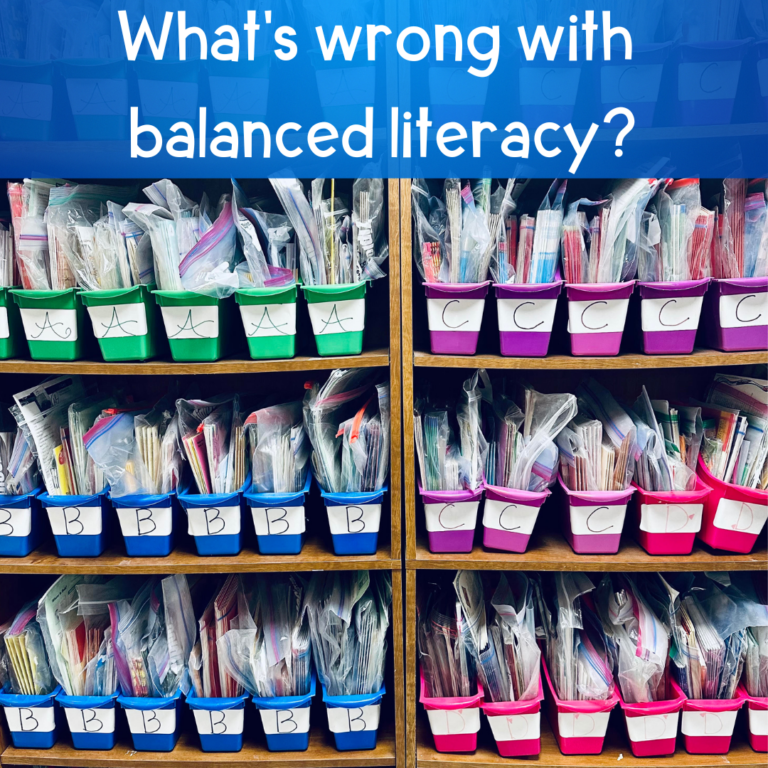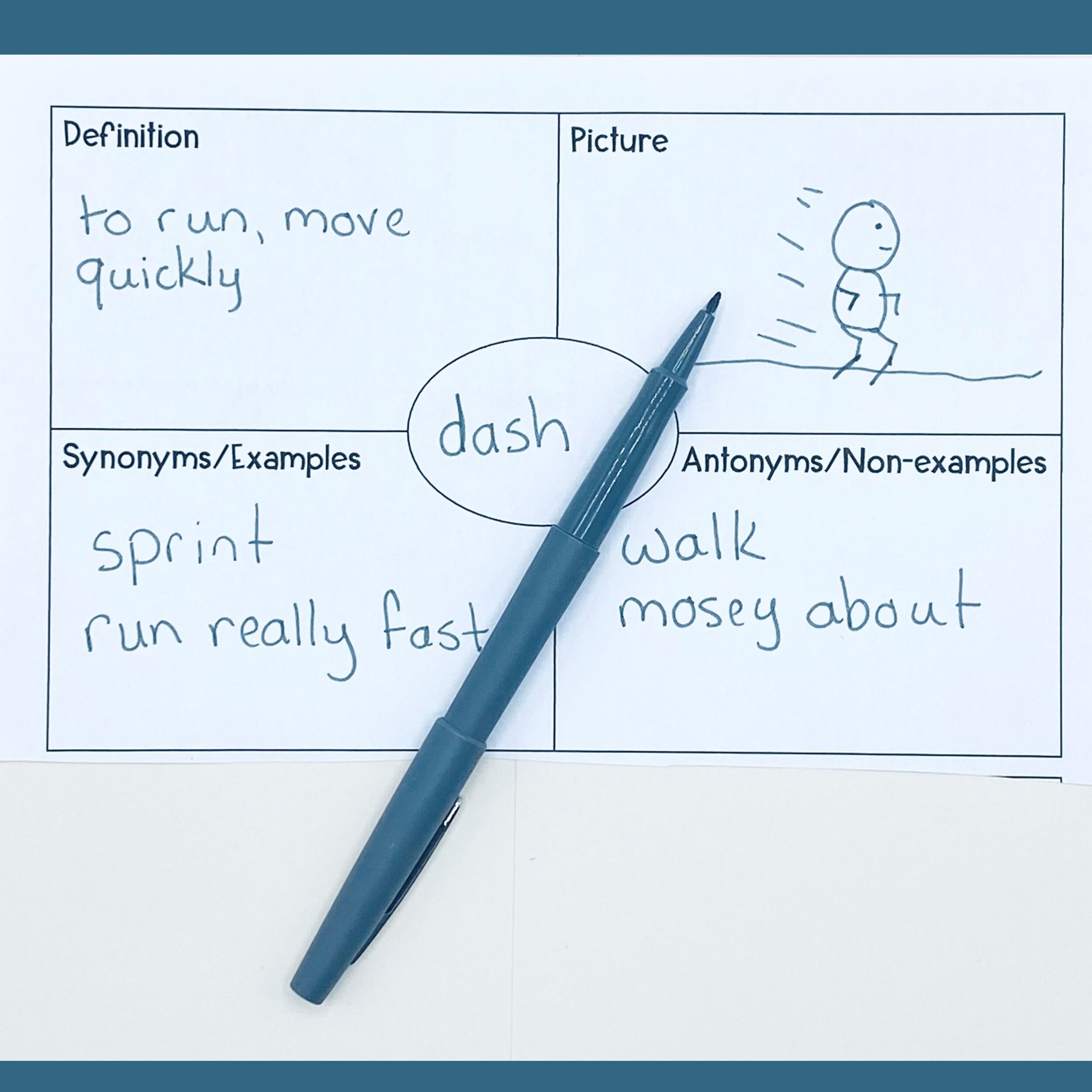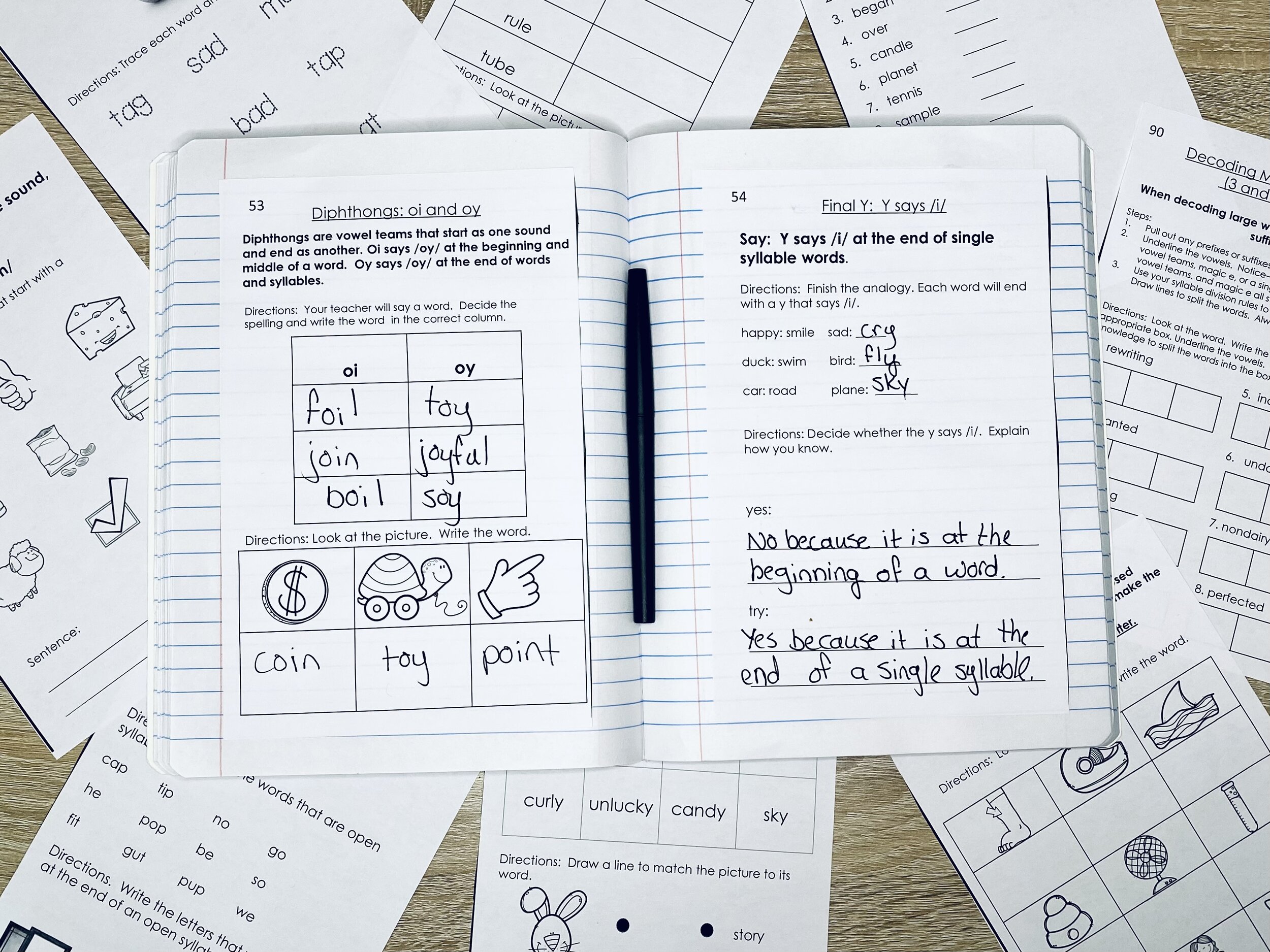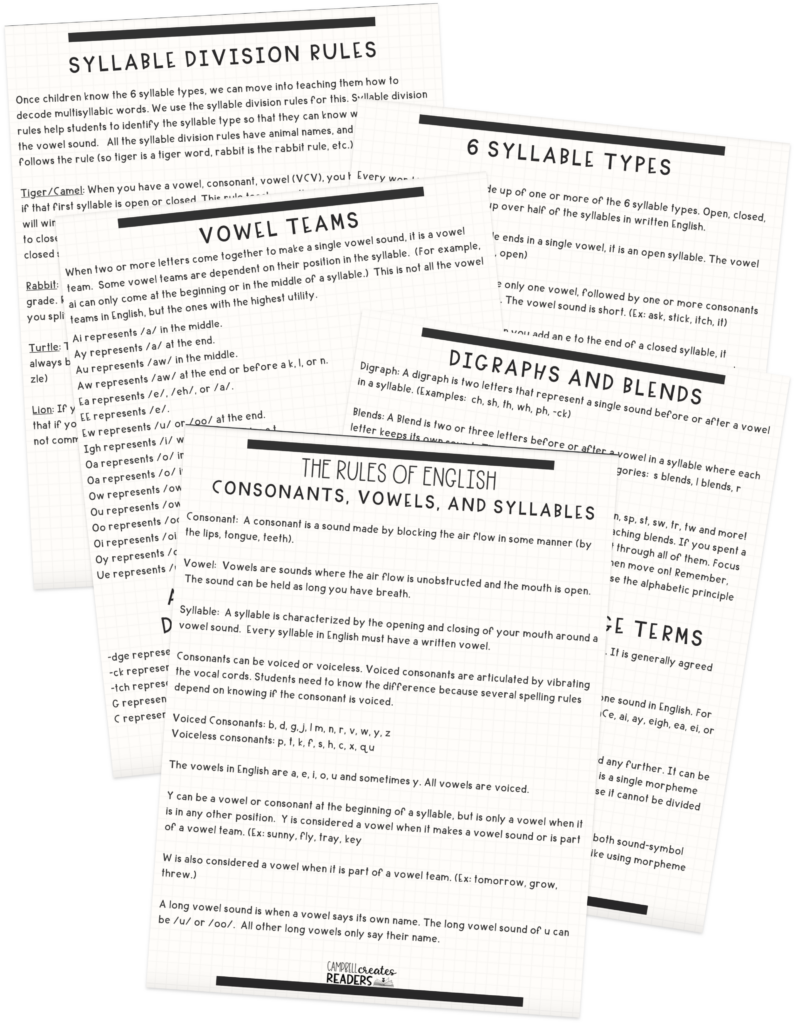
Share This:
The final month of school, I’m so ready to be done. I’m mentally, physically, and emotionally exhausted. I put forth so much effort during the school year that by the time June comes around, I have nothing left. I literally can’t wait for that first week of summer when I have nothing to do and no alarm other than that tiny human of mine.
And then the second week of summer comes. And I am already getting that itch. That tickling feeling in the back of my head that is hope, excitement. I begin to think about the next year and what I will do to grow, change, and help the kids at my school become the best possible readers. I start looking at the school supply section in Walmart and reading my new professional development books.
If you’re like me, this is for you. This is for the teachers who are already planning, plotting, and scheming about how next year can be different. Today, I’m going to talk about some things you can do this summer to help next school year be the best one possible.

If I had to pick a single activity for classroom teachers to do this summer to prepare for fall, it would be to explicitly plan for vocabulary instruction. This will be the greatest time saver for you when you return. So why does it matter?
When decoding is not a factor, the two biggest contributing factors to comprehension are vocabulary and background knowledge (Wexler, 2019, 47). I repeat, if a child can actually read the text, it will be vocabulary and background knowledge that matter most to comprehension. I think it is well worth our time to plan for explicit vocabulary instruction.
Researchers suggest we should explicit teach about 400 words a year to our students (Beck, 2002, 9). While that sounds amazing, I think it is too much to ask of a teacher who is just getting started.
So here’s what I want you to do this summer. Pick 10-15 of your favorite read-alouds (1-2 if you are looking at chapter books and not picture books.) These are the ones that you know you’re going to teach with next year. Then, choose 3-5 words from each picture book (2-3 per chapter if it is a chapter book) and plan out these words. Create a kid-friendly definition, 2-3 sentences that have the word in context, and then a few yes/no questions students can answer. This way, you can start the year with your vocabulary already planned. (I have a template listed in the resources section.)
All of my students have vocabulary notebooks, and we use a modified Frayer model with our vocabulary words. With the Frayer model, we explore the definition, add a picture, and then give synonyms and antonyms. Because single-word synonyms can be tricky, we also allow ourselves some multi-word examples and non-examples. This modified Frayer was inspired by the book Word Nerds. You can find both the vocabulary planning template and the modified Frayer model listed in the resources.

Summer is a great time to start the shift from a word wall to a sound wall. A typical word wall is organized from a-z, and then the teacher puts grade-level sight words on there for retrieval. If a student is unfamiliar with a word, they can look at the word wall to find it.
Here’s my question—where would a student look to find about? of? once? All 3 of those words are typical words you’d find on a word wall, yet none of those words make the initial sound you would expect. If a child is struggling to figure out a spelling, I don’t see how a word wall will help them.
A sound wall, however, includes all 44 phonemes in English. That means it includes the sounds that make up every syllable, word, and sentence in our language. It is a much more effective method of helping students. If we can teach them the sounds that are in our language and the graphemes that match those sounds, then we are giving them unlimited access to the written code.
In addition to the 44 sounds, sound walls typically include the graphemes associated with each sounds. We have about 250 graphemes in English, so I wouldn’t recommend putting them all up at once. (If you are an interventionist, you may not have a choice since you have so many grade levels). If you have to put them up, cover the graphemes you have not explicitly taught with sticky notes. Interventionists, just have students focus on the ones you’ve taught them (sometimes we just have to deal with things less than perfect!).
By shifting from a word wall to a sound wall, you are helping open a door to so many more possibilities for your children. Instead of giving them a few words they might be able to find, you are giving them access to every single sound in English, as well as the spelling possibilities for every single one. Your instruction will go much farther this way. In the resources section, I will link where I purchased my sound wall, as well as another option!
One of the only good things to come out of COVID has been the abundance of recorded webinars. Nothing gets me more excited these days than reading “recording will be provided after the event.” My favorite webinars recently have been the ones provided by Voyager Sopris. They are all free, but you must register. A couple “must listen” ones are the Sound Wall one from Dr. Mary Dahlgren and Speech to Print vs. Print to Speech from Louisa Moats and Margaret Goldberg.
Also, just another tip. Sometimes when I am watching these webinars, I wish I could speed them up. Luckily, if you go to the settings in the video, most webinars do have the option! I suggest starting with 1.5, and then working your way up to 2.0.

Get out a piece of paper and write down the 5 things you know you cannot live without this summer. Then, work to gather those materials. There’s nothing worse than scrambling to get materials together in August!
I’ll share my list to get you started.
1. Composition books with 3 lines: I always start my kids with 3 lined paper before transitioning to regular ruled paper. I also prefer a composition book. Composition books are sturdier than notebooks and can be used from year to year.
2. Orton-Gillingham phonics notebook: My phonics notebook is probably my favorite creation, because I literally use it every single day in almost every single grade level. I just think it can’t be beat for introducing and practicing a new phonics skill.
3. Cubes for phoneme manipulation. The easiest tool to have for phoneme manipulation, in my opinion, are cubes. I have pop fidgets, playdoh, and all kinds of different manipulatives. But I always go back to the cubes.
4. Dry erase boards and skinny dry erase markers. I abhor the regular dry erase markers. The chisel tip is horrible for young students just learning to write! Those skinny dry erase markers are much better for pencil grip and proper letter formation.
5. Salmon/white cards for practicing symbol to sound. I purchased mine from Dawn Nieman at Niemanville. You can read more about them in my blog post here.
While I hope that you get to relax and enjoy long days and nights without too many responsibilities, I also hope that this has given you some ideas for ways you can add the Science of Reading into your summer. By getting a few things ready now, you will save yourself so much time come fall. So, start planning that vocab, watch those webinars, set up a word wall, and snag those must-haves! Your future self will thank you!
Beck, I., McKeown, M.G., & Kucan, L. Bringing words to life: Robust vocabulary instruction. New York, The Guilford Press, 2002.
Overturf, B. Word Nerds: Teaching all students to learn and love vocabulary. New York, Stenhouse Publishers, 2013
Wexler, Natalie. The knowledge gap. New York, Penguin Random House, 2019.
Share This:

Savannah Campbell is a K-5 reading specialist. She has taught her entire 12-year teaching career at the school she went to as a child. She holds two master’s degrees in education from the College of William and Mary. Savannah is both Orton-Gillingham and LETRS trained. Her greatest hope in life is to allow all children to live the life they want by helping them to become literate individuals.

Savannah Campbell is a K-5 reading specialist. She has taught her entire 12-year teaching career at the school she went to as a child. She holds two master’s degrees in education from the College of William and Mary. Savannah is both Orton-Gillingham and LETRS trained. Her greatest hope in life is to allow all children to live the life they want by helping them to become literate individuals.
Feeling overwhelmed with all the terminology out there? Want to know the key terms all teachers need to teach phonics? In this FREE Rules of English cheat sheet, you get a 5 page pdf that takes you through the most important terms for understanding English—you’ll learn about digraphs, blends, syllable types, syllable divisions, and move. Grab today and take the stress out of your phonics prep!
